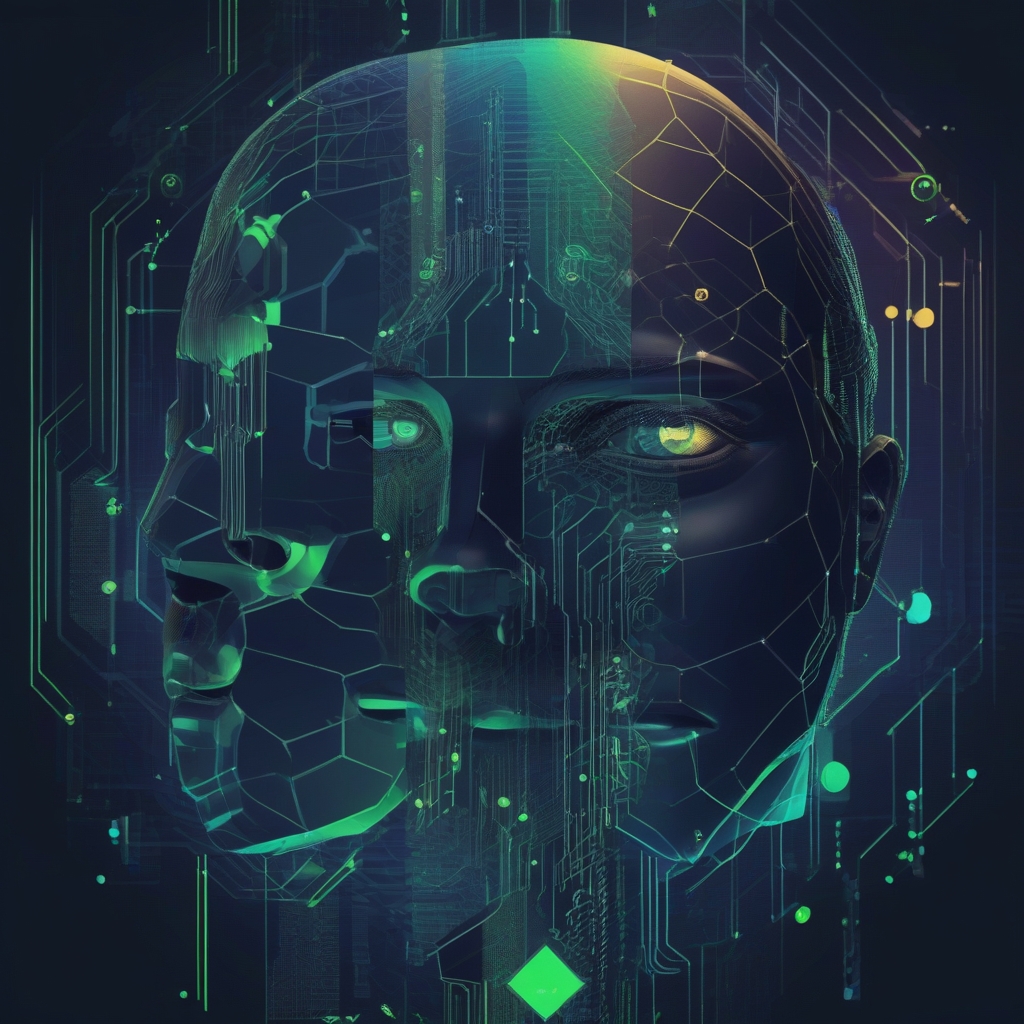Introduction
The convergence of blockchain technology and artificial intelligence has propelled industries into uncharted territories, bringing forth both opportunities and challenges. Recently, the use of AI-powered deepfake technology has emerged as a significant threat to the Know Your Customer (KYC) processes that underpin crypto exchanges. A report by Cato Networks lays bare the vulnerabilities these financial platforms face, highlighting the potential for identity manipulation using sophisticated AI tools. This evolving landscape necessitates an urgent reassessment of the security protocols governing cryptocurrency exchanges as they navigate this precarious intersection of technology and finance.
The Entrenched Role of KYC in Crypto Exchanges
KYC procedures are foundational to the integrity and security of crypto exchanges. They are designed to verify the identity of users, ensuring that individuals are who they claim to be. These protocols play a critical role in:
- Preventing money laundering and fraud
- Ensuring compliance with regulatory frameworks
- Protecting the legitimate interests of users
- Securing the platform against misuse
However, as technology advances, so do the tools and techniques that malicious actors can leverage to compromise these systems. The advent of AI deepfakes presents a formidable challenge to the robustness of KYC checks, offering a new avenue for those looking to exploit crypto platforms.
The Rise of Deepfake Technology
Deepfake technology uses algorithms to create highly realistic digital forgeries of audio, video, and still images. Powered by advances in machine learning and artificial intelligence, deepfakes have gained notoriety for their potential to deceive and manipulate. They have been employed across various domains, from social media deceptions to more nefarious uses in financial and identity fraud.
The severity of deepfake threats becomes particularly pronounced in the digital realm, where trust is a fundamental currency. In the context of crypto exchanges, deepfake tech can be wielded to manipulate video-based identification processes, a common feature in KYC protocols.
Implications for Crypto Exchanges
As Cato Networks highlights, the potential misuse of deepfake tools in bypassing KYC measures could have profound implications for crypto exchanges, including:
- Identity Theft: Using deepfakes, fraudsters could impersonate legitimate users, gaining unauthorized access to accounts and funds.
- Regulatory Non-compliance: Failure to adapt KYC measures to counter deepfake threats could result in non-compliance with financial regulations, exposing exchanges to legal repercussions.
- Erosion of Trust: The success of any financial platform hinges on user trust. Widespread incidents of fraud can severely undermine user confidence.
- Financial Losses: Both users and exchanges could face significant financial losses from transactions made under falsified identities.
Enhancing KYC Protocols to Combat Deepfake Threats
The report by Cato Networks underscores the pressing need for crypto exchanges to innovate and adapt their security strategies. Enhancing KYC protocols is paramount to counter the risks posed by AI-driven identity fraud. Potential solutions include:
Integrating Advanced AI Detection
Exchanges could integrate sophisticated AI-based detection systems designed to identify the subtle anomalies characteristic of deepfakes. These solutions use machine learning algorithms to:
- Compare multiple biometric markers
- Detect inconsistencies in video or audio files
- Continuously learn and adapt to emerging manipulation techniques
Multi-Factor Authentication
Implementing multi-factor authentication (MFA) adds an extra layer of security. By requiring additional verification steps, such as physical token authentication or biometric confirmation, exchanges can create significant friction for malicious actors attempting to bypass KYC processes.
Continuous User Education
Regularly educating users about the potential risks and emerging threats in the crypto ecosystem can empower them to recognize and report suspicious activities promptly. User awareness forms a critical component of a comprehensive security strategy.
Looking Ahead: The Future of Crypto and AI Security
As AI technology continues to evolve, it is imperative that crypto exchanges remain vigilant and proactive in enhancing their security protocols. The challenge presented by deepfakes is a testament to the dynamic nature of digital threats and underscores the necessity of ongoing innovation in cybersecurity.
Collaborations between AI researchers, blockchain developers, and regulatory bodies will be crucial in designing robust defenses for crypto exchanges. By leveraging the same technological advancements that give rise to deepfake threats, the industry can develop sophisticated safeguards to protect against them.
Conclusion
The threat of AI-driven deepfake technology to crypto exchange KYC processes presents a clear and present danger to the security and integrity of digital financial platforms. As suggested by Cato Networks, addressing this challenge requires a concerted effort to innovate and fortify existing security measures. By embracing cutting-edge technologies and fostering a culture of security awareness, the crypto industry can protect itself from the perils posed by these digital deceptions, ensuring that trust and transparency remain at the forefront of the blockchain revolution.

Leave a Reply